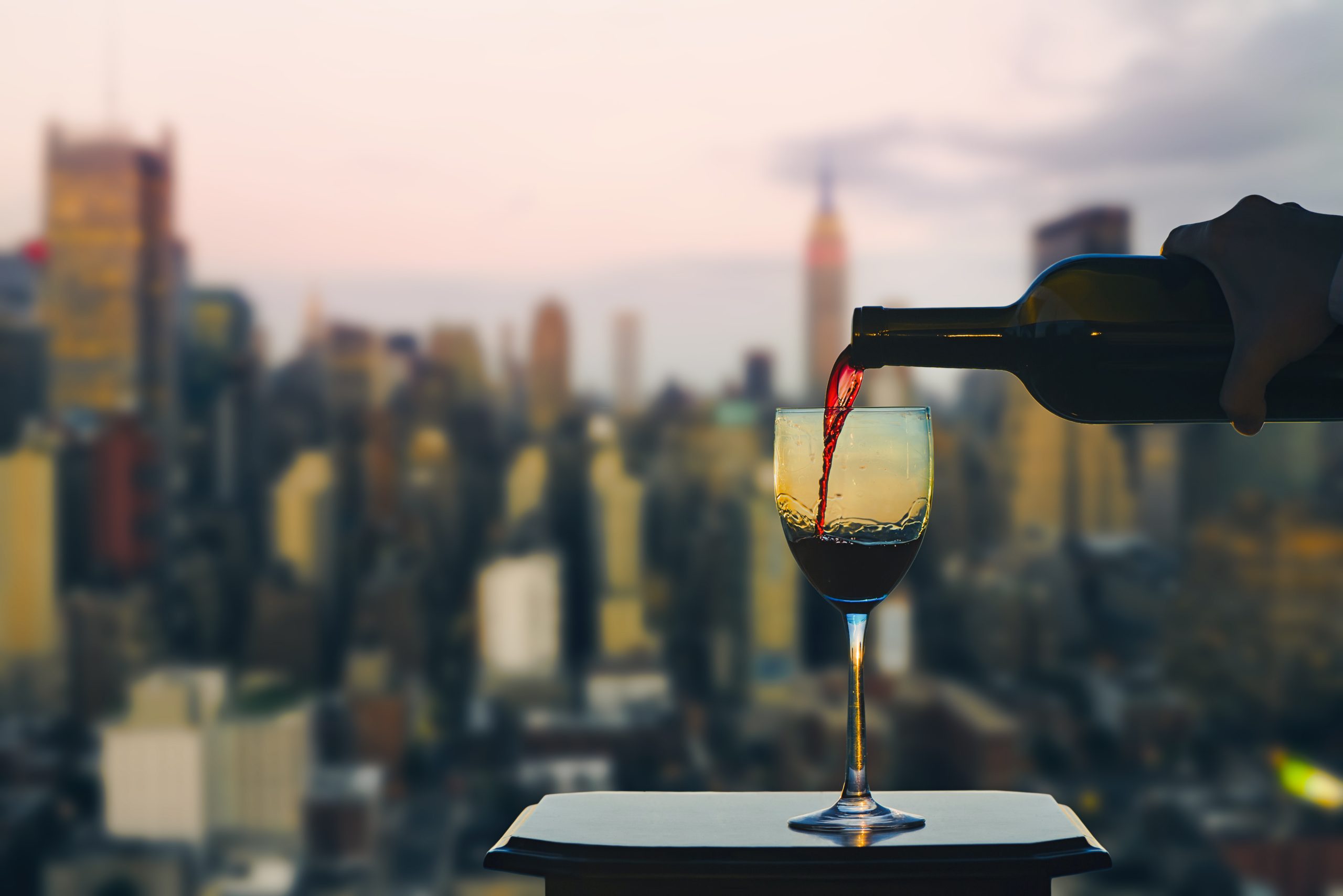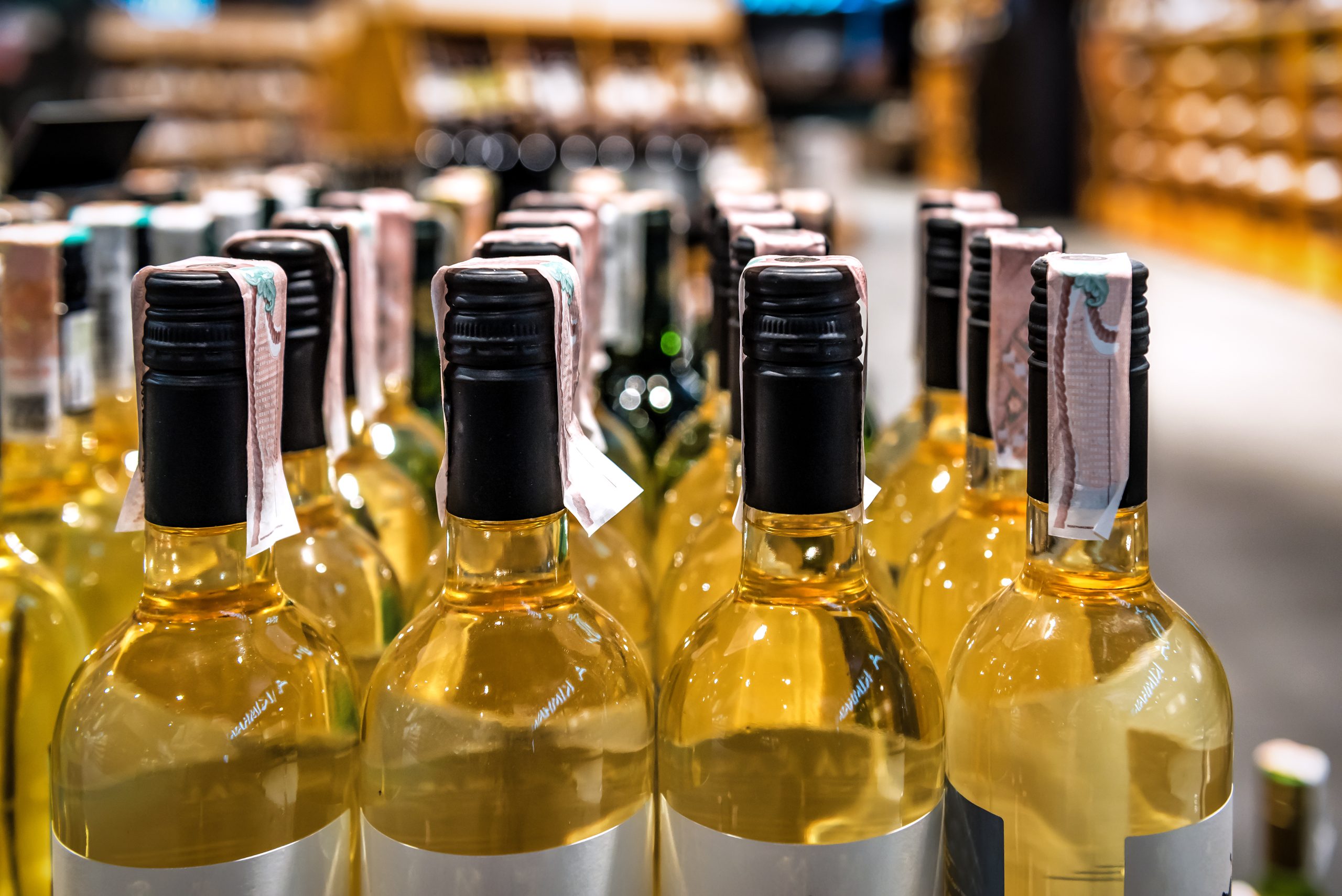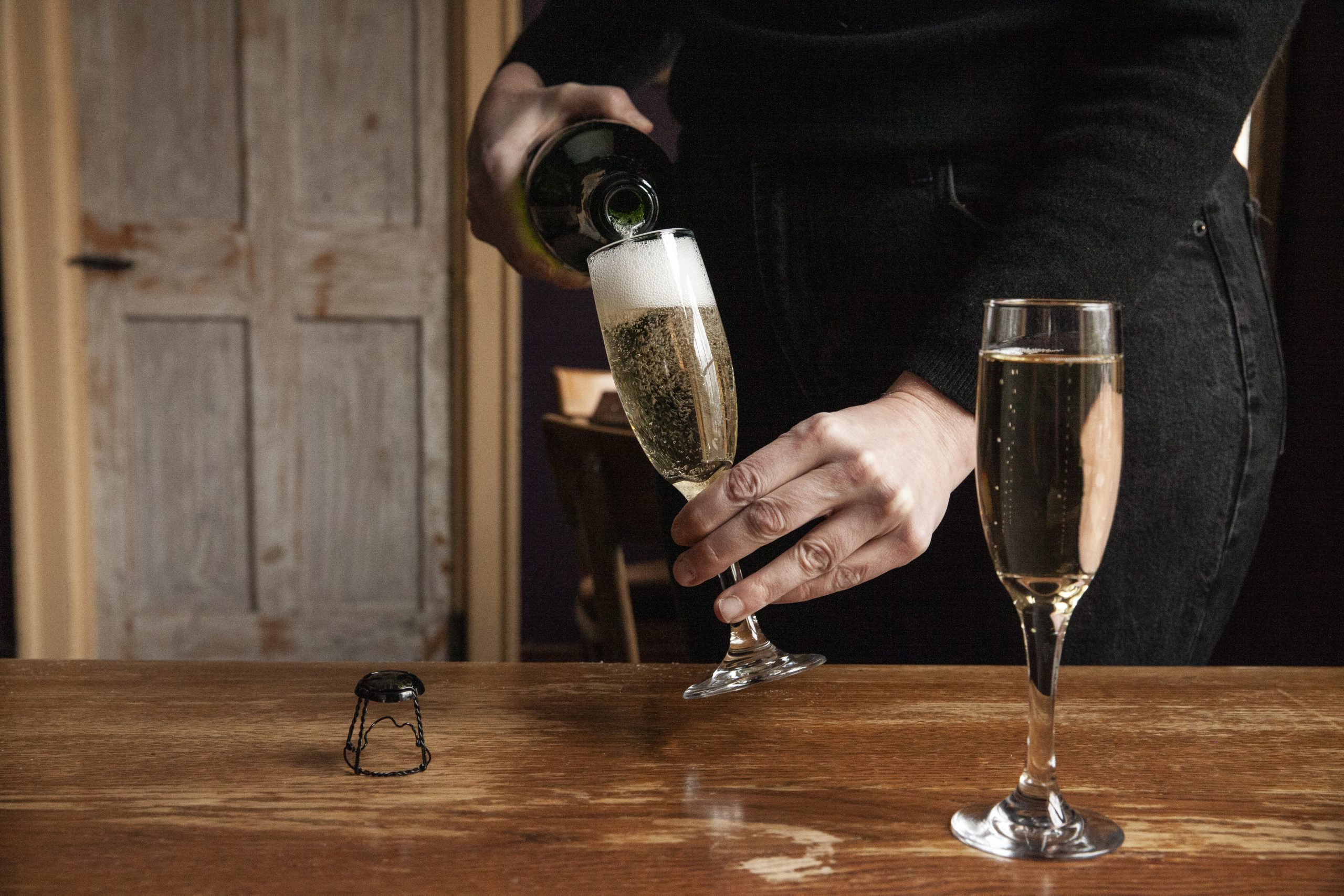Areas of strength amid wine consumption shrinkage in the US
Overall figures are down, but Kathleen Willcox has uncovered some glimmers of promise in the latest US market data.

Bad news first: the American public is consuming wine with less enthusiasm than necessary for almost anyone in the industry to maintain a healthy bottom line.
Considerably less enthusiasm than necessary. The beverage alcohol market has contracted quite a bit this year, and far more than forecasters expected, according to the latest numbers from global drinks data and analytics provider IWSR.
Volumes way down
Last year, the booze biz declined -2.6%, and forecasters expected numbers to be down again this year, but by a slightly more manageable -1.9%. But in the first seven months of the year, volumes were down overall by -2.8%.
That’s overall. The news for wine was worse, with declines of -4%. When you drill down and look at different states, the numbers are even more concerning, especially in key markets like New York where wine volumes plummeted by -5%. Other markets that saw -5% or more were Washington, D.C., Idaho, Kansas, Maryland and Oregon.
The least alarming drop happened in New Mexico, where volumes were off by just -2%. Bad, but not, as it turns out, the worst.
Wholesalers tracking actual sales data from 450,000 retailers across the U.S. registered declines in volume of -8%, according to a recent SipSource report from the Wine & Spirits Wholesalers of America.
Many members of the industry have stubbornly held onto the notion that premium-priced bottles were safer bets, but these numbers – and others – are puncturing the one balloon left at the party.
“This report highlights how premiumization, once a major growth driver, is facing pressure in a tightening market,” Dale Stratton, a SipSource analyst says in the report. “The $100+ price tier in spirits within bars and restaurants performed the worst, declining -12.5%, while mid-range tiers, such as $50-$99.99, saw a more moderate decline of -3.9% in on-premise depletions.”
Off-premise numbers are slightly less devastating, with decreases of -8.5% in the $100+ tier. To put the effects of the slight disparity in context, about 80% of wine volume is consumed off-premise.
LVMH, once the gleaming bastion of wine and spirits success, is also hitting the skids. The Champagne and wine arm of LVMH recently reported a nine-month sales drop of -7% globally.
A very few less ominous data points
Searching for bright spots in the morass of negative news is akin to fishing for salmon in a river overrun with garbage and guppies. If you do manage to reel one in, chances are it will be compromised (at best). But here goes.
Scanning SipSource’s numbers, there are pockets of growth. Prosecco sales are up 2%, and the ‘north of $50, south of $100’ wine segment showed a bump of 1% in the past six months, with U.S. wines priced $50-$100 growing 3%.
There are other outliers. Some wineries and regions are finding enormous success in unexpected micro-pockets that may offer opportunities for others.
“We are seeing interesting shifts in the market right now,” says Bo Yang, import manager at wine importer and distributor Direct Wine. “Luxury sales are indeed softening, but mid-range wines, especially from established brands, are still performing well. Whites are holding steady, particularly Sauvignon Blanc and Chardonnay, especially in regions like California and New York.”

Regions where the weather has already turned, like Chicago, are starting to gravitate toward reds though, Yang says.
At Lichen Estate in California’s Anderson Valley, winegrower Douglas Stewart says that even before COVID, they began focusing on the direct-to-consumer market for reliable sales. Since 2018, their sales have grown 250% in that arena.
And within their portfolio of Pinot Noirs, whites and sparkling wines, Lichen general manager Shawn Phillip says that their whites are now leading the pack, especially among wine gate-keepers and cognoscenti – and what they drink today, sets the stage for what everyone else will be drinking tomorrow.
Partner Content
“White wine is trending, particularly with industry drinkers and younger folks,” Phillip says. “Whites are kinda picking up the steam that sparkling had over the last 10 years. Virtually all of my winemaker buddies are drinking tons of whites and getting excited about whites. The buzz they generate translates to increased hype around whites.”
Collectible white Burgundy is up 9% year-on-year at the Benchmark Wine Group, CEO and owner Dave Parker says, noting that he is also seeing an uptick in interest in top whites from Mt. Etna and Chardonnay from Calistoga’s Aubert Wines.
“Chardonnays from Oregon are gaining traction too, and 00 Wines from Oregon is on fire,” Parker says. “Top Sauvignon Blanc from Napa is giving Chardonnay a run for its money.”
Regions like Margaret River in Australia are also outperforming their peers, something Amanda Whiteland, CEO of Margaret River Wine hypothesizes is due to their zeitgeisty style and freshness.
“Margaret River’s coastal location and maritime influence contribute consistency of quality across vintages, and distinct elegance, structure and intense varietal characters of the Cabernet Sauvignon and Shiraz,” says Whiteland. “The wines also show vibrancy and freshness, which contributes to the popularity of the region’s wines.”
This year, sales of Margaret River Cabernet Sauvignon, Chardonnay and Shiraz to the U.S. are up 2.3%, 6.4% and 12% respectively.
Booming sales – in one area
The one unambiguously booming segment of the wine industry is the one that doesn’t involve any alcohol at all though.
“Non-alcoholic wine has been growing steadily over the past decade, but it wasn’t until the pandemic that we started to see explosive growth across every month,” says Ashley Jappe, director of marketing at Fre Alcohol-Removed Wines.
Indeed, sales have grown steadily, with overall volumes of no-alcohol wine up 18% year-on-year in 2023, according to IWSR. And for the last 26 weeks ending 26 October, consumers have been gravitating toward whites and rosés, just as they are in alcoholic table wine.
The top three non-alcoholic options by revenue during that time period were Chardonnay, Sauvignon Blanc and rosé, according to IRI data.
While traditional winemakers have been understandably queasy about the triumph of no-alcohol wines, Jappe argues that no-alcohol is becoming more of an addition to a typical person’s wine diet, instead of a replacement. “Historically, consumers chose non-alcoholic options if they wanted to abstain from alcohol,” Jappe says. “But it’s now being used to complement alcohol occasions, and for balance, mindfulness and when people want to pace alcohol intake.”
About 80% of people who opt for no alcohol drinks also buy alcohol according to a study from consulting firm BCG, a finding that underlines Jappe’s argument. That may be cold comfort to vintners who are watching their sales dwindle, but between the coming holiday season when sales historically have enjoyed a serious bump, and improved consumer confidence, the industry may have more to toast to in the coming weeks.
The modest upticks gains seen in Prosecco and the $50+ table wine market are promising signs heading into the critical “O-N-D period,” SipSource analyst Danny Brager noted in his report. “Consumers in higher price tiers are still willing and able to spend.”

Investors banking on bubbles
Investors are helping Champagne enjoy modest gains, according to Wine Cap’s Q3 Fine Wine Report. In contrast to Bordeaux, which experienced a 4.4% drops in the third quarter, prices for Champagne showed gains of 0.4%, thanks in large part to the success of Dom Ruinart Blanc de Blancs and Taittinger, which showed returns of 30% over the past six months.
In the broader fine wine market, strategic investments also helped make Krug, Domaine du Pégau and Sassicaia top performers with double-digit gains.
Will wine lovers’ diets reflect these areas of strength in the coming months, especially as the world of wine reacts to the historic U.S. election, and stock up—or not—on non-domestic wines in anticipation of President-elect Trump’s promised tariff binge?
Watch this space.
Related news
Strong peak trading to boost Naked Wines' year profitability




